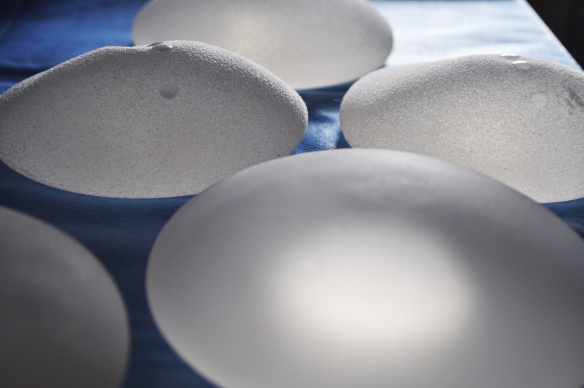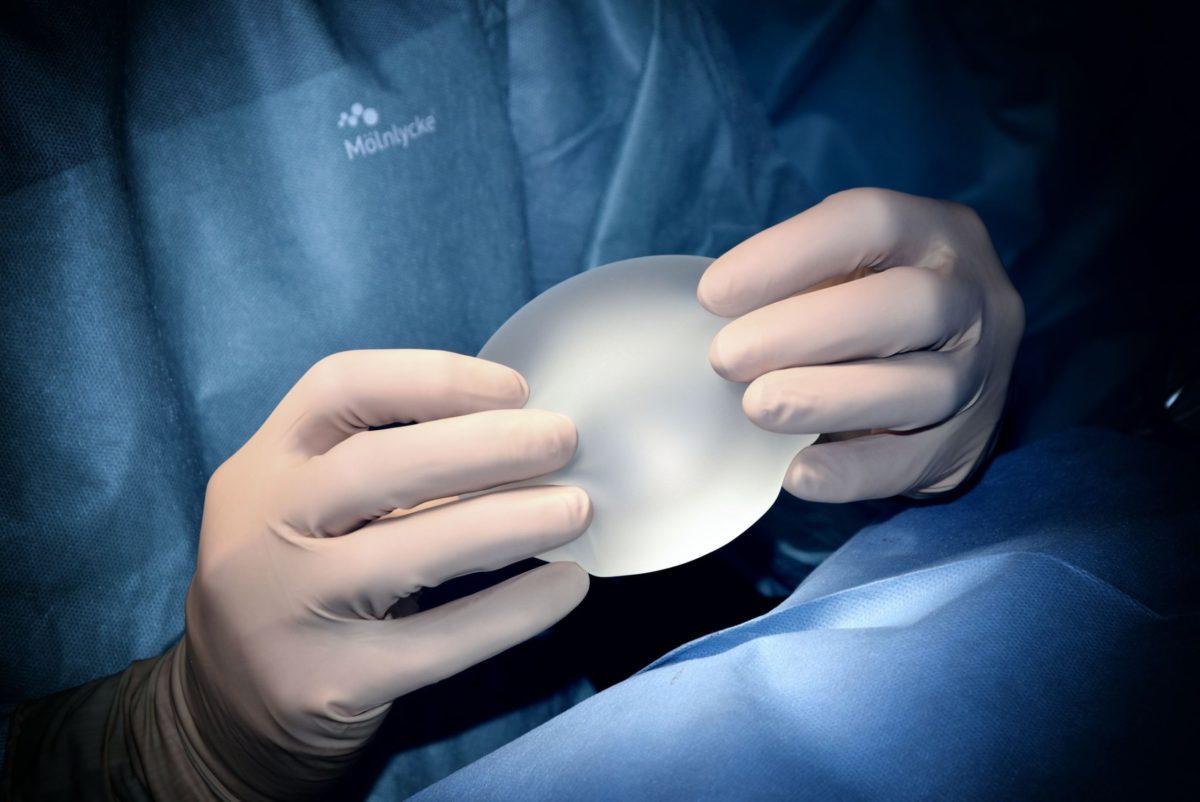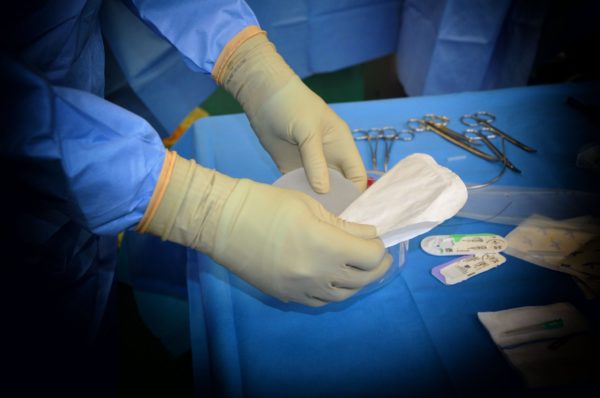What is Gender Correction Surgery?
Sexual identity is the core issue of human psychology. By enlarge, lack of awareness about the gender identity disorder and absence of defined regulations in the society may be the main attributes for this. This can cause internal conflict, leading to hampered interactions and interpersonal relationships with family, friends and colleagues.
Sex reassignment surgery (abbreviation SRS, also known as Gender affirmation surgery or Sex change operation) is a conglomerate term used for all the surgical procedures which are carried out to alter a person’s physical appearance and function to resemble that of the opposite sex. Other terms used for Sex reassignment procedure are Gender reassignment surgery, Gender Correction Surgery, Gender Confirmation Surgery.
The first step in the path of treatment journey of a transsexual (both male to female or female to male) is to get the diagnosis of Gender Identity disorder also known as Gender Dysphoria. This diagnosis is done by a psychiatrist who specially deals in the field of Gender Dysphoria. Depending on the situation, you may be advised to go for psychological counselling for a certain period (the usual period is 3 months to one year).
Once you are diagnosed as a case of Gender Dysphoria, Hormonal Therapy is instituted in accordance with Endocrinologist. Hormonal therapy in transgenders (transmen and transwomen) is popularly known as HRT (Hormonal Replacement Therapy). Hormonal Therapy in FTM transgenders is also known as T (Testosterone) Therapy. After a certain period of hormonal treatment, sex reassignment procedures are carried out. The usual practice followed is as per WPATH standards, though the guidelines are quite flexible and vary individual to individual.
40% of transgender people have attempted suicide. Another study showed that transgender youth whose parents reject their gender identity are 13 times more likely to attempt suicide than transgender youth who are supported by their parents.
Transformation for the majority of people is achieved through makeup, hairstyle and clothing choices. Yet what happens if this is not enough, when you do not identify with your birth gender?
Gender reassignment surgery otherwise called Gender confirmation surgery is often an essential part of the process when transitioning to a different gender.
There has been an increase in the number of individuals choosing to have this surgery; partially due to an improved understanding of the psychology behind gender
identification and new techniques which give better results.
Travel has also become less expensive, making it easier to go abroad to countries like Thailand where the charges for this type of surgery are far lower.
My first real introduction to the struggles faced by someone who feels they have been born the wrong gender was through the show ‘ Being Jazz’.
Jazz explains ‘When I was 2 years old, I went up to my mom and asked her, “When is the good fairy going to come with her magic wand and change my penis into a vagina?” ‘
Her parents made the difficult decision to start hormone therapy for Jazz. She was prescribed hormone blockers when she was 11 to stop the production of testosterone, so she would not go through male puberty. This is a very controversial treatment and a choice I feel should be made by the parents and medical professionals.
When it comes to gender reassignment surgery, I firmly believe this decision is up to the individual, when they turn 18. The first step in the path of treatment journey of a transsexual (both male to female or female to male) is to get the diagnosis of Gender Identity disorder also known as Gender Dysphoria. This diagnosis is done by a psychiatrist who specially deals in the field of Gender Dysphoria
Male to Female – Gender confirmation procedures
Bottom Surgery
Rectosigmoid colon transplant
Step 1
Genital fat and other proper tissue is used to create a defined and full labia majora.
The urethra is reduced to proper female length and position.
Orchiectomy (removal of the testes) and all unnecessary muscle tissue and the spongy tissue of the penis (corpus cavernosum and corpus spongiosum) is removed.
The urethra and the nerve and blood supply to your glans penis remains intact.
The outer skin of your penis body is removed and used to create the clitoral hood and the labia minora.
The tip of your penis – called the glans – gets reduced in size to create a proper clitoris (clitoroplasty).
Along with its highly sensitive and important nerve bundle and its blood supply, the clitoris then gets repositioned at the proper location just beneath the clitoral hood.
The urethra – shortened to proper length – will be repositioned (urethroplasty) and the tissue for the labia minora and Majora (labiaplasty) will get positioned and sutured to correct placement is maintained.
A penile skin tissue flap will be leftover towards the vaginal entrance to later be the lining of the first 1-3 inches of the vagina measured from the beginning of the vaginal entrance.
This step is extremely important because it will hide the red mucosa of the colon transplant and it will prevent ring scar contraction at the vaginal entrance.
Step 2
A fully sensational and self-lubricating vagina is created by using the rectosigmoid colon transplant.
A 5-7 inches (13-17 cm ) incision is made in the left groin and the sigmoid colon is then being inspected for the blood supply vessels, to decide which part is the one that wants to be harvested and used.
A small about 15-22 cm long of the rectosigmoid colon part of the bowel is harvested because it has only mild secretions which settle down over a period of about 6 months.
The colon gets separated, an intraoperative bowel wash of your open colon segments, this is a precautionary measure that reduces the wound infection rate.
Then the rectosigmoid colon transplant is removed, this gets closed on one side, which makes for the end of the vagina.
The separated sigmoid colon bowel parts get joined again (anastomosis).
The vaginal cavity gets created which reaches from above the anus all the way to the rectosigmoid colon graft, passing underneath the urinary bladder.
Once the cavity is opened up all the way, the rectosigmoid colon graft gets inserted through this cavity.
The penile skin which got prepared for the vaginal opening gets sutured to the rectosigmoid colon graft in a star-shaped manner, which avoids ring star contraction at this suture.
The rectosigmoid colon gets fixed in its position inside the stomach and the groin incision is closed by layer technique, to ensure minimal scarring and to completely avoid adhesions of tissues involved.
After the surgery is completed you will have a vagina which:
is fully lubricating itself on sexual arousal
has sensation throughout all of the 16-22 cms of depth
which is normally fully capable of deep penetration and providing climaxes
Penile inversion
The penis is inverted to create a vagina, the tip of the penis becomes a functioning clitoris, and the scrotal skin becomes the labia.
In the penile inversion vaginoplasty the testicles are removed (orchiectomy) and the scrotal skin is used to make labia majora (labiaplasty).
The nerves to the sensitive glans penis and the corresponding skin are preserved and used to make a clitoris. The skin of the penis and, in most cases, skin grafts from the scrotum are used to make a vaginal vault. The urethra is shortened and placed in the female position.
Sensitive urethral mucosa is placed in between the labia minora.
The scrotum can also be inverted to create a vaginal wall.
Orchiectomy
Orchiectomy is a relatively inexpensive option in which the testes are removed. This allows your body to create less endogenous testosterone, which can be especially helpful for those on hormone replacement therapy.
Penile inversion vaginoplasty is typically a one-stage procedure, however, occasionally secondary procedures are preferred to maximize the aesthetic appearance of the vulva.
Scrotectomy offers similar results, but it isn’t recommended for folks who wish to have a vaginoplasty. Scrotal skin is required for a vaginoplasty.
Top Surgery – Breast Augmentation
Placement
Male to female breast augmentation will normally require the implants to be placed beneath or partially beneath the pectoral muscle to ensure adequate coverage due to the lack of available breast tissue.
When hormone therapy has resulted in an adequate amount of breast tissue it may be possible to place the implants above the muscle.
Things to consider before breast augmentation
- saline vs silicone
- round vs teardrop
- smooth vs textured
- moderate vs high or low profile
- location of incision – submammary, infra-areolar, axillary, peri or transumbilical
- size
Female to Male – Gender confirmation procedures
Phalloplasty Stage I
There are two techniques for penile reconstruction depending on the donor tissue site.
The penis is constructed using local skin tissues like the groin, lower abdomen or from thighs. The skin is tabularized to give penile shape.
The more common and popular procedure to construct penis is a free flap, in which the tissues including the blood vessels and arteries are removed from any other part of the body.
The most common donor site is forearm ( Radial artery forearm flap, Ulnar artery flap). The other flaps which can be used are Lateral Arm flap, Para scapular flap, Latissimus dorsi flap, etc. The skin and underlying tissues are reshaped into a penis and the whole structure is transferred to the pubic area along with the nerves, arteries and veins. The nerves, arteries and veins are anastomosed at the recipient area. The urethra is anastomosed to the native urethra, though it is optional and can be done at a later stage. With meticulous planning and execution, the free flap phalloplasty gives excellent results in the form of a long thick penis which gains erotic sensations over the next few months. The nerves lead to the sensate penis over a period of 6 to 9 months, though the buried clitoral tissue at the base of the penis contributes to erotic sensation starting from the early postoperative period.
Phalloplasty Stage II
To make the penis erectile and stiff, a penile implant is inserted. The usual requirement is that the penis should be fully sensate.
It means it can be performed 6 to 9 months after stage I of phalloplasty as the penis gains sensations till tip during this period.
The scrotum is made with labia majora skin and the testicular implants are put inside pocket. This leads to a natural scrotal structure with rugosities over the surface.
Metoidioplasty
Metoidioplasty is the term used for the procedure of converting clitoral tissue into penile shape. The patients who don’t want to opt for complete phalloplasty with free flap (usually owing to complexity and cost factor involved), can opt for metoidioplasty.
The clitoris gets enlarged under the influence of testosterone hormonal therapy.
The enlarged clitoris is released and elongated to give a penile shape. The tissue is erotic and sensate and develops erections, though the length is not sufficient for sexual intercourse (length is only one or two inches)
Top Surgery
Double Incision with Free Nipple Grafts
Horizontal incisions are done throughout the upper and lower part of the chest muscles and breast tissues.
The nipples and the areola part are also removed along with it.
The upper and lower incisions are elevated and joined together with surgical methods, with the developed scar line moving below the pectoral muscles,
thus leading to normal contours. From natural areolar tissues, smaller areolas and nipples are created which are then grafted on.
Double Incision Top Surgery ensures smooth male contours with areolas and nipples accurately sized and placed.
However, the patients should not expect the feeling of sensation to develop in the areola or the nipples since the nerves are cut down when the original areola and nipple are removed during the surgery.
Buttonhole Process
This methodology is quite similar to Double Incision, as two horizontal incisions are done at the upper and lower part of the pectoral muscle and the breast tissues and excess skin are removed properly. Rath.er than making use of free nipple grafts, the nipple-areolar complex is reshaped and is meticulously connected with the nerves and blood supply with the help of a thin dermal pedicle, which enables sensation.
The name “Buttonhole” comes from the replacing of the nipple-areolar complex, where a circular incision is done on the chest wall at the suitable locations for male nipples;
the nipple-areolar complex is then positioned from under the skin through this fissure, just like a button through a buttonhole and then stitched up with care.
In this surgery, the male resembling chest with nipples have reserved the feeling of sensation and pigmentation and due to suitable projection,
the nipples have a much better and natural outlook than the free nipple grafts.
This Female to Male Top Surgery also includes lesser complications since there is no risk of free nipple grafts infection later on.
Inverted T Top Surgery
This surgery procedure is pretty much similar to Double Incision and Buttonhole process and it involves horizontal incisions on the upper and lower part of the chest muscles.
Although the breast tissues are removed, the nipple and the areola part are kept intact.
On the contrary, a vertical incision is done on each side which runs down from the areola to the horizontal incision below the chest muscles.
This additional incision enables the areola and nipple to be reduced and repositioned properly without severing the nerves, hence maintaining the sensation.
Inverted T Top Surgery brings about fine masculine contours with conveniently sized and positioned areolas and nipples who have retained the feeling of sensation as well.
But the patients initially may have to accustom themselves with the two extra vertical incisions.
Peri Areolar Top Surgery
In this FTM Top Surgery procedure, two circular incisions are done around the areolas to remove the breast tissues and any other kind of tissues near the incisions.
The areolas and the nipples are reshaped systematically. After this, the chest skin is drawn towards the areolas and joined together and sutured around the edges as well.
This Female to Male Top Surgery caters perfect masculine contours with suitably sized and placed areolas and nipples who have been able to keep the feeling of the sensation.
In this surgery, there is minimum scarring since the incisions have been carefully devised, following the natural outline of the areolas.
But in rare cases, this surgery may involve revisions, like liposuction.
Keyhole Top Surgery
This Female to Male Top Surgery includes semi-circular incisions which are done at the base of the areolas.
The breast tissues are removed in this surgical procedure. Since the areola and the nipples are not removed, the sensation is preserved naturally.
Keyhole Top Surgery delivers flawless male contours with a natural sensation of areolas and nipples.
This FTM Top Surgery renders impeccable male contours with suitably sized and placed areolas and nipples who have been able to keep the feeling of the sensation.
Along with that, the scarring is quite minimal because of the incisions which are carried out on the original outline of the areolas.
The different Top Surgery procedures often depend on the size of the chest and skin elasticity.
If the elasticity of the skin is not smooth, then the surgeon will be left with a limited number of procedure options which may have a detrimental effect later on.
In addition, other procedures to enhance gender confirmation include:
- Forehead reconstruction
- Hairline correction/ hair pattern baldness
- Rhinoplasty
- Malar implants
- Genioplasty / chinplasty
- Jaw reduction
- Trachea shave/ Adam‘s apple reduction
Everyone should be able to embrace their authentic self, to live the best life they can. Let’s celebrate the bravery of people that need surgery to be able to do this, instead of judging them.




